Need to rethink/'shrink' town plot ... ideas welcome!
User
16 years ago
Related Stories
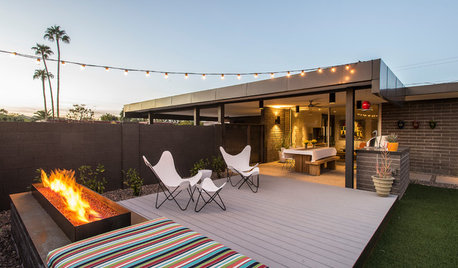
MIDCENTURY HOMESHouzz Tour: Rethinking a Midcentury Modern Icon
In Phoenix, a Paradise Gardens subdivision home designed by noted modernist Al Beadle gets a thoughtful update
Full Story
LIFERetirement Reinvention: Boomers Plot Their Next Big Move
Choosing a place to settle in for the golden years? You're not alone. Where boomers are going and what it might look like
Full Story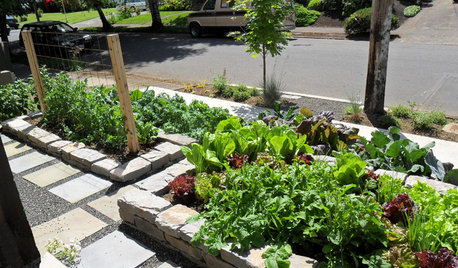
FRONT YARD IDEASWelcome Edibles Into the Front Yard for Fresh Food and More
Give your front yard design a boost and maybe even make new friends by growing fruits and vegetables
Full Story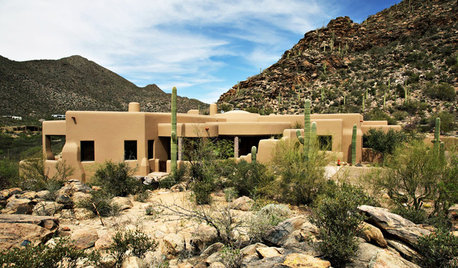
TRADITIONAL ARCHITECTURERoots of Style: Pueblo Revival Architecture Welcomes Modern Life
Centuries-old details of adobe construction still appeal in the desert Southwest, adapted to today's tastes
Full Story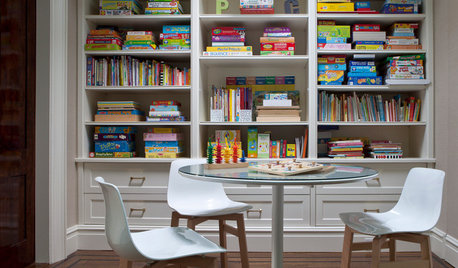
DINING ROOMSBetter Ways to Use Your Dining Room
Ready to rethink a formal dining room? Here are some great ideas for turning your home’s least-used room into a fun multitasking area
Full Story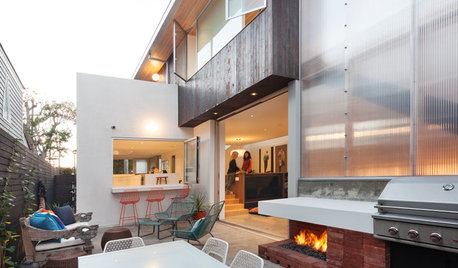
HOUZZ TOURSHouzz Tour: A Compact Bungalow Makes Room for Growing Kids
When their 1927 Spanish bungalow began to shrink as their kids grew, the Roskins added square footage and more entertainment space
Full Story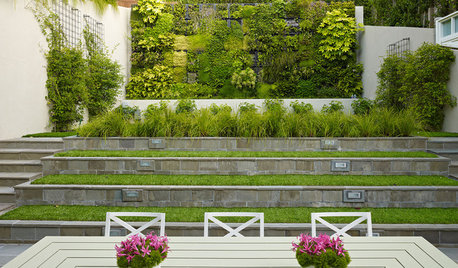
LANDSCAPE DESIGN11 Design Solutions for Sloping Backyards
Hit the garden slopes running with these bright ideas for terraces, zones, paths and more
Full Story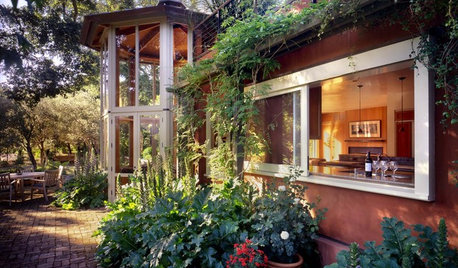
MOST POPULARWhat Is a Living Building?
Part philosophy, part advocacy, the Living Building Challenge is pushing designers and homeowners to rethink how we live
Full Story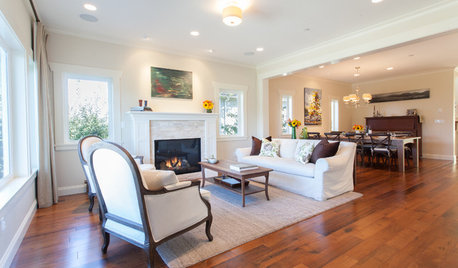
ARCHITECTUREDo You Really Need That Hallway?
Get more living room by rethinking the space you devote to simply getting around the house
Full Story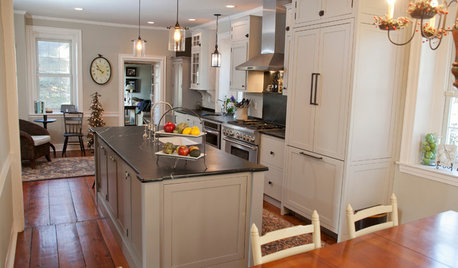
KITCHEN DESIGNNew and Old Mix It Up in a Historic Farmhouse Kitchen
A couple rethink the kitchen in their Pennsylvania farmhouse to restore authenticity while also creating a space for modern living
Full StorySponsored






bcomplx
austransplant
Related Professionals
Folsom Landscape Architects & Landscape Designers · Battle Ground Landscape Contractors · Cockeysville Landscape Contractors · Dixon Landscape Contractors · Fort Mill Landscape Contractors · Lynchburg Landscape Contractors · Mission Landscape Contractors · Northbridge Landscape Contractors · The Villages Landscape Contractors · Wailuku Landscape Contractors · Fitchburg Carpenters · Lake Shore Carpenters · Morristown Carpenters · San Antonio Siding & Exteriors · Clearfield Siding & Exteriorsinfiniteohms
trilliumgreen
laughaha
carbu47
lpinkmountain
wenderina